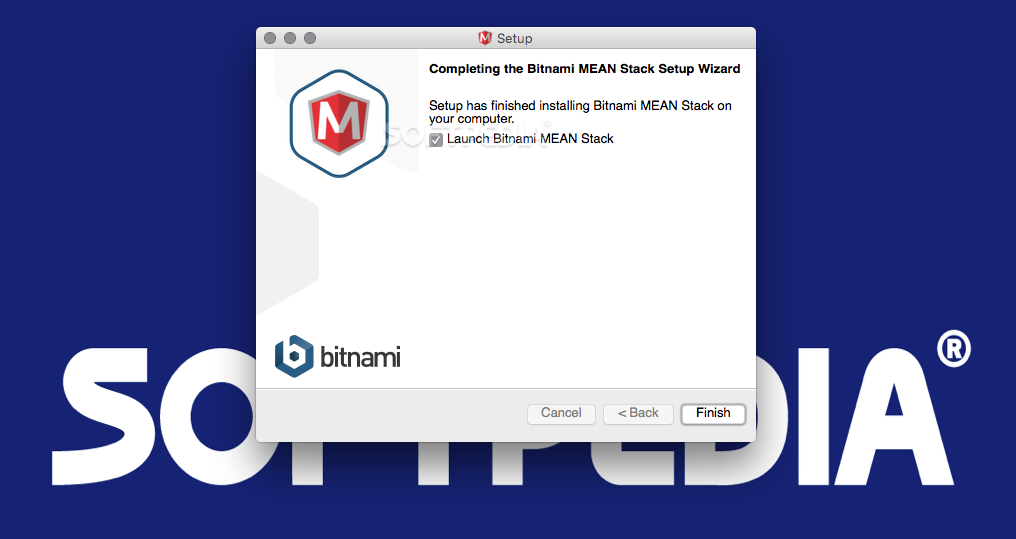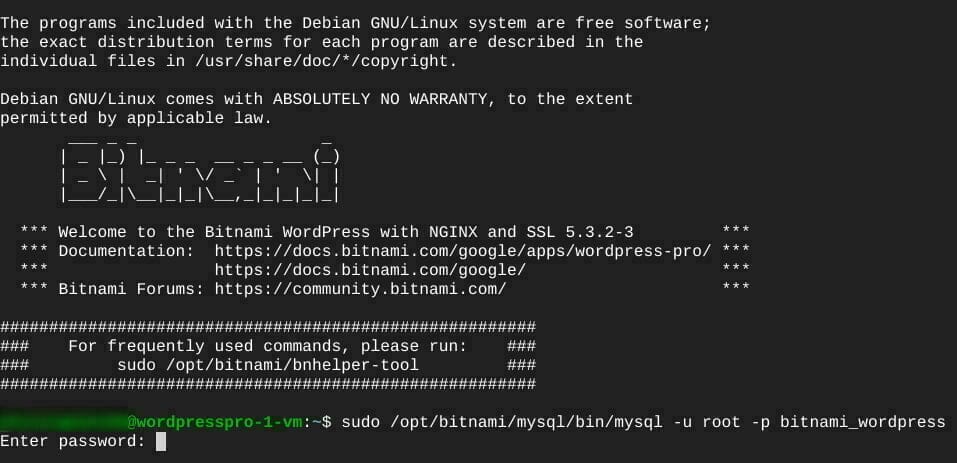

This tutorial uses a Mac OS X native installer, but similar steps apply on Windows and Linux platforms. NOTE: Bitnami native installers are available for Windows, Mac OS X and Linux platforms. The next sections will walk you through these steps in detail. Install WordPress using the Bitnami WordPress Stack.Here are the steps you’ll follow in this tutorial: But WordPress is just an example: there are hundreds of other Bitnami applications to choose from, and they’re all equally easy to set up. In this tutorial, I’ll install the Bitnami WordPress Stack, which gives you a pre-configured WordPress blog that you can start using right away.


It’s not hard to see why: WordPress is incredibly easy to use, comes with thousands of extensions and themes, and is completely free and open source. WordPress is one of the most popular blogging platforms in the world, in use on over 60 million websites (according to Wikipedia). If you’re interested in creating a personal or small business blog, chances are that you’re going to use WordPress. In this guide, I’ll walk you, step by step, through the process of using a Bitnami native installer to deploy a new server application on your local development system. This means that there are no additional libraries, databases, and runtimes to download, and, once installed, the new application or development environment will not interfere with other software on your system. Each installer includes all of the software necessary to run out of the box, and it’s also completely self contained. Bitnami provides pre-packaged images for automated setup of popular server software on Windows, Mac OS X and Linux platforms. Needless to say, there’s a better way: a Bitnami native installer. There are files to download and copy, configuration settings to be adjusted, and various other hoops to jump through before you can actually get some productive work in. If you’ve ever tried installing a server application (like WordPress) or a development environment (like an Apache/PHP/MySQL environment), you already know that it’s a lot harder than it seems at first glance. Get Started with Bitnami Applications using an Installer


 0 kommentar(er)
0 kommentar(er)
